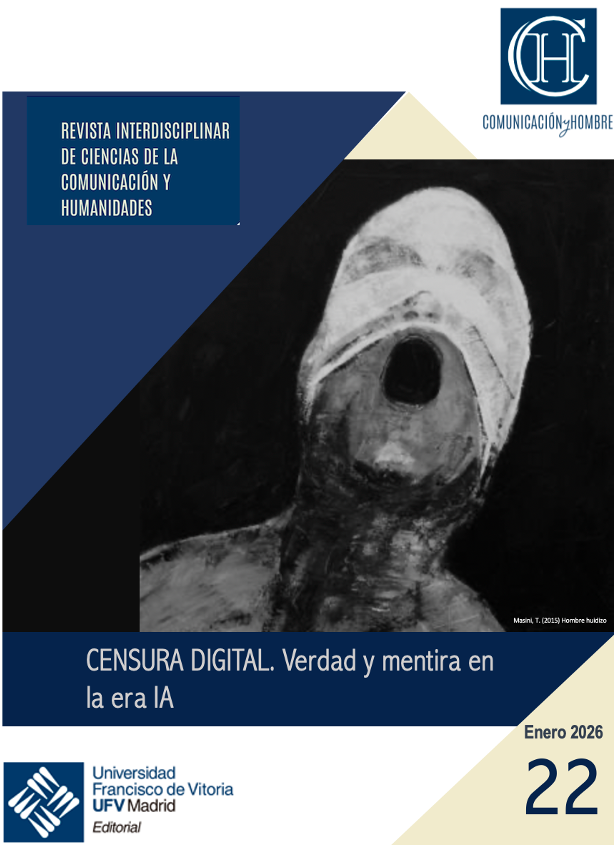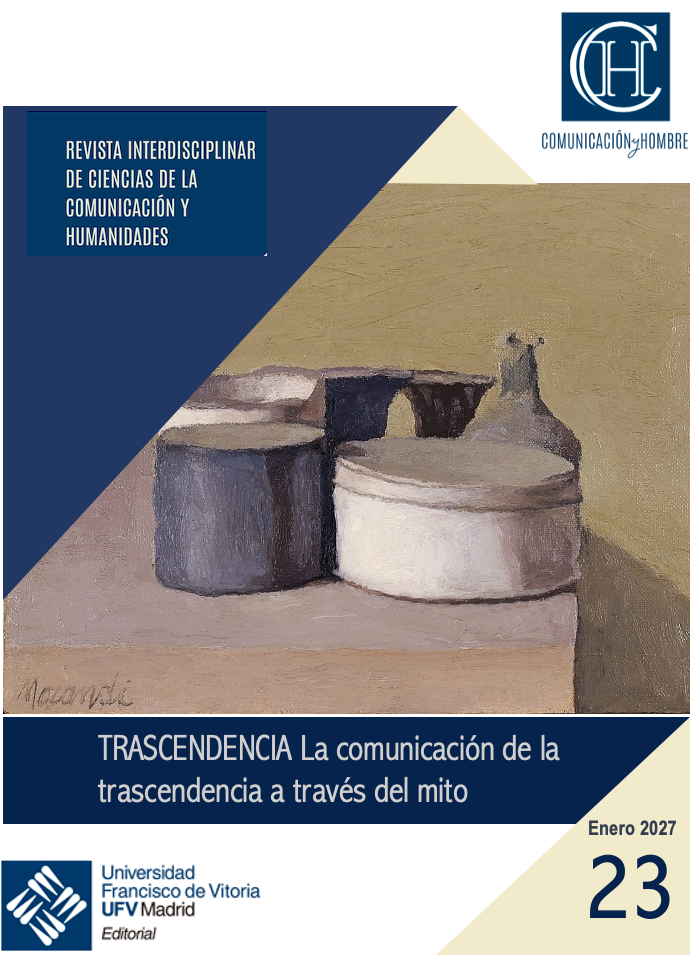The villain as hero has become an often-repeated narrative trope in stories featuring superheroes regardless of the medium in which they are created, even developing a variant of the antihero archetype. However, it is much rarer for the villain to adopt the mantle or the hero’s own body by impersonating him, beyond being used as a short-lived temporary trick. In the second decade of the 21st century, Marvel Comics published two titles that took the idea of the impostor as hero to a new level. In Superior Spider-Man and The Invincible Iron Man, two well-known villains assumed the name, image and powers of the hero, challenging the conventions of what the public understood by antihero and forcing an innovative reading about the way in which the original and the impostor converge in the same character. In this article, we will make use of a qualitative narrative methodology to focus on the characteristics of these avatars of ambiguous heroism and on how the personality of the individual becomes, sometimes literally, a battlefield between heroes and villains. Finally, we will show how the success or failure of these avatars will depend to a large extent on whether or not they are perceived by the public opinion as true heroes, trust being the key element in setting whether or not their transformation has turned them into different characters.
Colabora en los próximos números de Comunicación y Hombre





